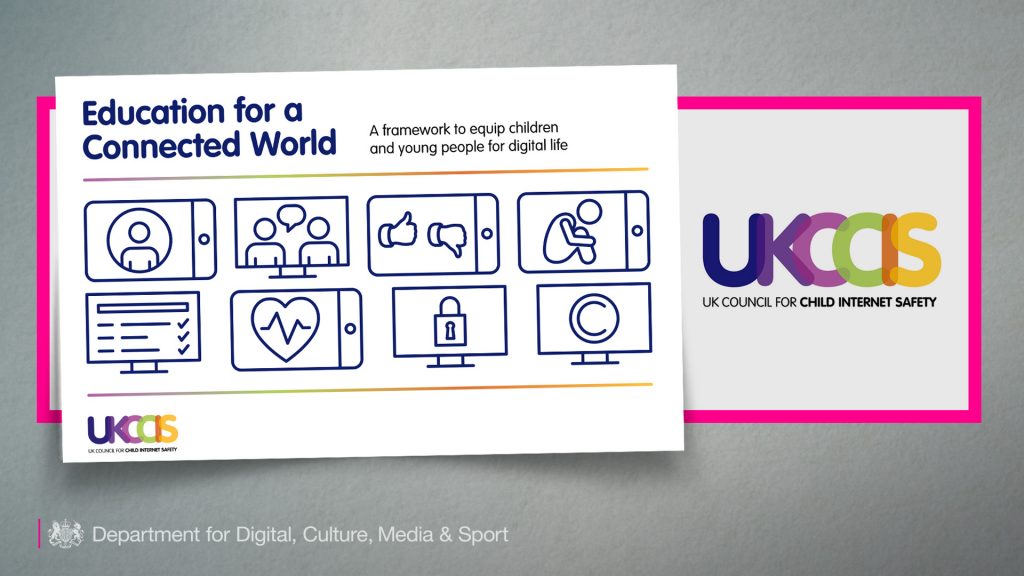If you are reading this, you probably already have an interest in online safety, digital resilience, digital citizenship, or whatever term is currently en vogue in your setting. But what about the people around you who don’t? How can we prepare children and young people for a connected world if we are a lone voice or expected to do it all ourselves? Unsurprisingly, we probably can’t. But…

If only there were a way for teachers to work together across the curriculum to ensure progression in digital resilience without starting again or reinventing the wheel, and allowing everyone to get on board, including those who may not have a natural affinity or interest, as well as those who simply feel ill equipped to do so…
You’ll be pleased to hear that’s exactly what there now is, with the new UKCCIS digital resilience framework Education for a Connected World. If you haven’t heard of UKCCIS, it is the UK Council for Child Internet Safety and well worth finding out more about here, especially after the government’s Internet Safety Strategy highlighted its future strategic role. (disclaimer: we at LGfL DigiSafe sit on the education working group which developed the framework).
It is a progression framework with four nominal age ranges – EYFS -7, 7-11, 11-14 and 14-18 – but of course the ‘stage, not age’ principle applies and you can apply it as appropriate. For example, specialist SEND schools may well take a different approach, and this may be the case in many mainstream schools as well. But the point is to offer a baseline to plan against and help you to consolidate learning and identify progression. The framework is divided into eight broad themes covering behaviour and knowledge, protection, development and respect for others, norms, and laws:
- Self-image and Identity
- Online relationships
- Online reputation
- Online bullying
- Managing online information
- Health, wellbeing and lifestyle
- Privacy and security
- Copyright and ownership
Each strand and age range has ‘can do’ statements in the style of a typical class learning objective, ranging from this for the lower ages: “If something happens that makes me feel sad, worried, uncomfortable or frightened I can give examples of when and how to speak to an adult I can trust” to this for upper secondary students: “I can describe the laws governing online sexual content.”
Some of the topics covered by the statements are challenging, such as addressing online pornography for secondary students. But they are in the framework with good reason, both in terms of real-world necessity and legislative landscape (the introduction of relationships and sex education, and the upcoming introduction of age verification for online pornography). Incidentally, on that, there is some support for teachers at pornography.lgfl.net. A different kind of challenge for many colleagues might be teaching about new technologies, such as artificial intelligence, which is mentioned in several strands. But again, it’s there because of the reality of the world we live in, let alone the world as it will be when our pupils leave school in a few years’ time.
As we move towards summer and the inevitable reviews and rewrites of curriculum plans, schemes of work and so on, it’s a great time to engage with colleagues on this issue and have this document at the ready to support you as you do so. I bet your colleagues will be surprised to discover how many of the statements they already cover. And where you don’t, plenty of organisations are working to provide resources to support you. Many of which you can find at saferesources.lgfl.net.